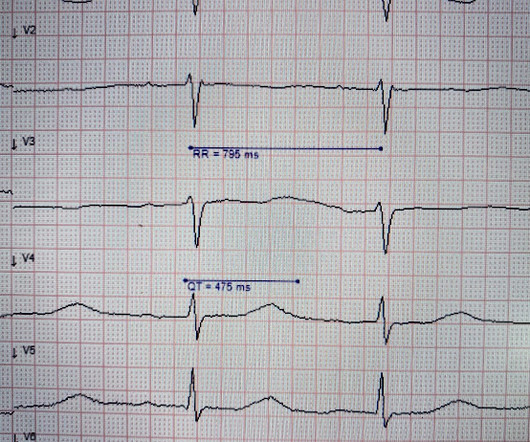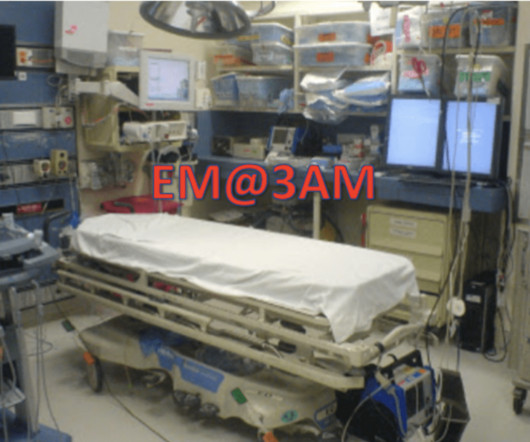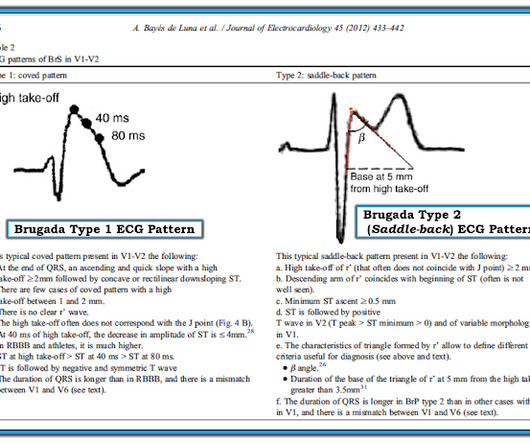Seizure in a 30 something
Dr. Smith's ECG Blog
SEPTEMBER 2, 2024
ECG #1 Interpretation: ECG #1 shows sinus rhythm at a heart rate of 77 bpm. This episode self terminated before defibrillation was possible. Following more detailed questioning — it turned out the patient had started taking 9 different herbal remedies to ease lethargy and unspecific neurological symptoms. and magnesium 0.88












Let's personalize your content